
All categories
Featured selections
Trade Assurance
Buyer Central
Help Center
Get the app
Become a supplier

(2436 products available)




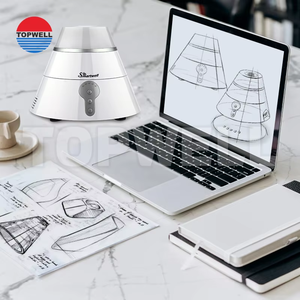








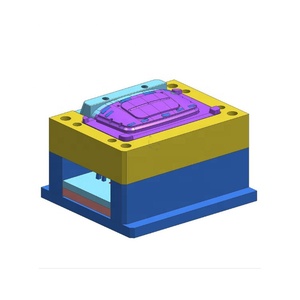










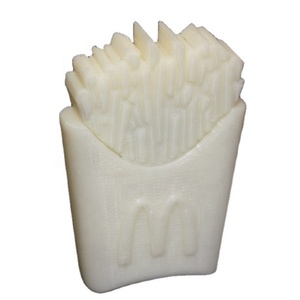


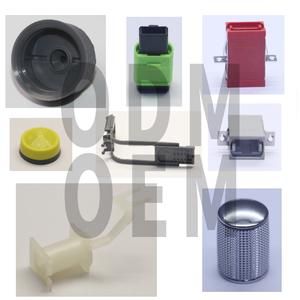

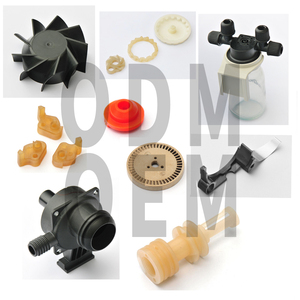















In the process of 3d drawing plastic mold design, choosing the right material is essential since it plays a major role in the functionality of the end product. Below are the common materials that are used in this process:
Acrylonitrile Butadiene Styrene (ABS)
Commonly used for its toughness, rigidity, and impact-resistance, ABS is widely reapplied in 3D drawing and such plastic mold design. Owing to its ability to be processed with ease, it is often used for creating 3D printed plastic molds.
Polypropylene (PP)
Due to its resistance to chemical and moisture, Polypropylene is mainly used in mold design for producing flexible and durable parts. Mostly used for tasks that adapt to changes in shape, this material is excellent for making containers and automotive parts.
Polyurethane (PU)
Known for its huge elasticity and resistance to wear, Polyurethane is applicable in molds that require a long life span. Regularly used in making flexible foams, it is also good for rigid materials and seals that serve different purposes.
Polylactic Acid (PLA)
Molded easily at low temperatures, Polylactic Acid is a kind of biodegradable thermoplastic that is used in 3D printing. Although it is hard and has a gloss finish, it is not very flexible or heat resistant. Thus, making it ideal for areas that require little to no function and can help the environment.
Thermoplastic Elastomers (TPE)
TPE comes with a rubber-like flexibility and can also be thermoplastic. Mostly applied in applications where flexibility is needed, such as gaskets or seals, these elastomers work well in the production of items which require a high degree of manipulation.
High-Impact Polystyrene (HIPS)
Commonly used with 3D printing as well as HIPS plastic molds due to its ease of use and low cost. Usually, the material is well known for its tough inner structure and for its ability to withstand impacts. It’s mostly used in creating displays and packaging that can withstand certain circumstances.
The practice of 3d design plastic mold comes in handy for various applications across different industries. Numerous ways in which this process contributes to development and production consist of the following:
Prototyping
3D drawing of plastic molds helps in creation of prototypes that help in testing product concepts, functions and manufacturability. This consequently reduces time by allowing designers to find any faults or make any improvements before mass production.
Product Development
In product development, this 3D drawing is vital since it offers detailed information on the components that are to be used. Most of the time, this aids in developing more accurate products as well as ensuring that the actual end products take the design concepts into consideration.
Manufacturing Process
By using plastic mold designs, manufacturers are enabled to come up with processes that are more effective and efficient. Owing to the advancements in technologies, production cycles are reduced and waste materials are minimized as well as enhancing precision.
Automotive Industry
In the auto industry, molds help in creating parts that are essential to vehicle assembly. Mostly used to make interior components, exterior panels and other plastic parts, 3D drawing is suitable for improvement in quality and design.
Consumer Goods
3D drawing plastic molds are large-scale used in production of containers, gadgets and appliances in consumer goods. The usage of this method enables companies to come up with innovative designs that are appealing to consumers and to ensure the products are durable.
Medical Devices
In the medical field, 3D mold designs are used to create instruments that are crucial for patient care. Since precision is one of the practices that is highly practiced in this field, its application in this field contributes to the production of devices that are accurate and safe to use.
Packaging Solutions
3D drawing plastic molds are importantly utilized in designing innovative packaging solutions. Mostly, Attractive and functional packaging enhance customer experience and at the same time serve its purpose of protection.
Choosing the 3d mold plastic design requires one to take a number of factors into consideration in order to achieve better consistency and optimal results. The following tips help in making the right choice:
Design Complexity
As a means to achieve effective mold design, the extent that is needed to achieve a 3D drawing should match the level of complexity in the intended product. Highly complex designs may turn difficult to manufacture since simpler designs may require fewer steps in the actual production process.
Material Selection
The type of material that is used to create the mold has profound effects on the longevity and capability of the mold. It is therefore important to understand the characteristics of various materials that will be used in this process so as to choose the one that fits the application intended.
Manufacturing Technique
The technique of manufacturing the mold design should correspond to the resources available. Thus, different methods such as injection molding, 3D printing or CNC machining each require different levels of investment and time.
Software Tools
The suitable software for 3D drawing is needed to produce an accurate mold design. In various industries, more attractive software options have specific features that enhance usability and can offer a close simulation to the finished product.
Functional Requirements
It is important for the mold to achieve the desired form of the product during its lifetime. Before making a final decision, evaluate how the design meets these functional requirements for the products intended.
Costs
When choosing a plastic mold design, costs are always taken into consideration. Therefore, balance any potential advantages with the costs so as to base the decision on economic and practical factors-related considerations.
Testing
Molds should at least be tested on a small scale before engaging in full-scale production. It thus enables identification of possible challenges and gives room for any necessary adjustments.
For all the 3D drawing plastic mold designs to perform, it is essential to uphold maintenance and repairs for the molds. Below elaborates on the maintenance and repair tips:
Regular Cleaning
The best way to maintain plastic molds is by cleaning them after every use. Clean them using non-abrasive techniques so as not to damage the mold surface. Additionally, ensure there is a cleaning agent that is effective in preventing build-up and rusting.
Inspection
Conduct frequent inspection after every given period of usage. In this case, look for any such signs as wear, tear and possible deformation, etc. Catching negative elements early could help offset problems further down the line and give time to manage risk.
Maintenance of New Parts
Maintenance involves replacing worn or damaged components of the mold. Carrying-out regular maintenance on new parts guarantees the effectiveness of the mold by replacing those that have become worn out in good time.
Lubrication
Application of mold release agent in mold is important in preventing sticking as well as helping in easy cleaning of the mold. It is imperative to apply the right kind of lubricant to the moving parts to avoid friction.
Temperature Control
Temperature control during application is very essential when it comes to plastic molds to reduce the chances of warping. Hence, ensure that the mold is at the appropriate temperature to avoid degradation of the material used.
Storage
The condition of the storage contributes highly to mold life expectancy. During storage, ensure molds are kept in a dry, cool place and covered to avoid dust accumulation on them.
Repair Techniques
Some common repair techniques involve welding, grinding or applying laser deposits to worn areas of the mold. Usually, repairs need to be done by people with experience in 3D drawing plastic molds so as not to compromise on the quality and structure of the molds.
A1: 3D drawing plastic mold design is basically the procedure of creating a digital representation of a mold for plastic injection in various three-dimensional software. This represents the desired shape and structure of the final product. This type of design deals with details of the plastic mold used in the production process.
A2: 3D drawing plastic mold design is mostly done using materials like Acrylonitrile Butadiene Styrene (ABS), Polypropylene (PP), Polylactic Acid (PLA), Polyurethane (PU), Thermoplastic Elastomers (TPE) and High-Impact Polystyrene (HIPS). Each of these materials comes with characteristics suitable for certain applications.
A3: Some of the advantages of 3D drawing plastic mold design include improving realism and accuracy, improving product development, cutting production costs and time, flexibility in design, and promoting easier collaboration and communication. Therefore, these advantages positively impact manufacturing efficiency and effectiveness.
A4: While choosing 3D drawing plastic mold design, one should consider factors such as design complexity, material selection, functional requirements, cost and software tools. These factors should be evaluated so that optimal decision-making can take place regarding the specific needs of each project.
A5: 3D plastic design molds are commonly applied in areas like quick prototyping, product development, packaging design, medical devices, automotive parts, consumer goods and industrial tools. Commonly, the 3D drawing plastic molds aid in producing innovative designs across various industries.